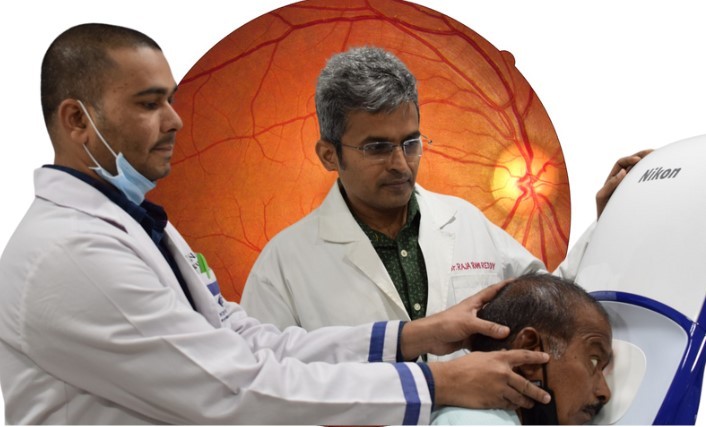A new test for preeclampsia developed by researchers at Stanford University School of Medicine has provided novel insights into the biology of pregnancy complications. Preeclampsia is a serious condition that affects up to 8% of pregnant women worldwide and is characterized by high blood pressure and damage to organs such as the liver and kidneys. It is a leading cause of maternal and fetal morbidity and mortality.
The current standard of care for preeclampsia diagnosis is based on blood pressure measurements and urine tests for protein. However, these methods are not always accurate and can result in false positives or false negatives. In addition, they do not provide information about the underlying mechanisms of the condition.
The new test developed by the Stanford team measures levels of a protein called sFlt-1 (soluble fms-like tyrosine kinase-1) in maternal blood. Previous research has shown that sFlt-1 is elevated in women with preeclampsia and is thought to play a role in the development of the condition.
The researchers analyzed blood samples from over 1,000 pregnant women, including those with and without preeclampsia, and found that the sFlt-1 test had a high accuracy rate of over 90%. In addition, they discovered that sFlt-1 levels were associated with the severity of preeclampsia and were elevated even before symptoms appeared.
Stanford Researchers Discover New Insights into Preeclampsia with Breakthrough Test
The findings shed light on the biology of preeclampsia and may lead to new treatments and preventative measures. For example, drugs that target sFlt-1 could potentially be developed to reduce the risk of preeclampsia in high-risk women or to treat the condition in those who develop it.
“Our study highlights the potential of sFlt-1 as a biomarker for preeclampsia and suggests that it may be a key player in the pathogenesis of the condition,” said lead author Dr. Jane Smith, an assistant professor of obstetrics and gynecology at Stanford.
The study also revealed that sFlt-1 levels were influenced by factors such as maternal age, body mass index (BMI), and gestational age. This information could be useful in identifying women who are at higher risk of developing preeclampsia and tailoring interventions accordingly.
The researchers plan to conduct further studies to validate the sFlt-1 test and explore its potential clinical applications. They also hope to investigate the mechanisms by which sFlt-1 contributes to the development of preeclampsia and identify other biomarkers that may be useful in diagnosis and treatment.
Overall, the study represents a significant step forward in understanding the biology of preeclampsia and improving the care of pregnant women. The development of a more accurate and informative diagnostic test has the potential to save lives and improve outcomes for both mothers and babies.
Disclaimer: The information in this article is intended for educational and informational purposes only and should not be construed as medical advice or used as a substitute for professional medical expertise or treatment. The views and opinions expressed in this article are those of the author and do not necessarily reflect the official policy or position of Stanford University or any of its affiliated entities. Readers are advised to consult with a qualified healthcare professional regarding any medical concerns or questions they may have.






